Bento
The bento (弁当, bentō) is a common element of Japanese everyday life and cuisine. Many of those who watch anime or read manga have probably seen it portrayed many times, in situations like school lunches or picnics in the park. A bento is simply a box, often with separate compartments, that contains ready-made food to be eaten outside. What at first glance might seem like a simple takeaway meal like there are all over the world, in Japan takes on a deeper and more fascinating cultural significance. It is no coincidence that in Japanese this word is often used by prefixing the honorific prefix "o", then obento (お弁当).
All the details about bentos
The bento box can be of various types, in disposable plastic, or in ceramic, wood or metal. As for the content of the bento, this can be anything, but
it is important that the meal is balanced in its nutrient intake. A typical bento is often a composition that includes rice, one or more meat or fish dishes, and some vegetables. However, there are no particular rules, other popular bento dishes are for example yakisoba or various fried tempura.
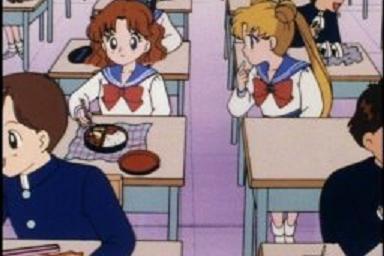
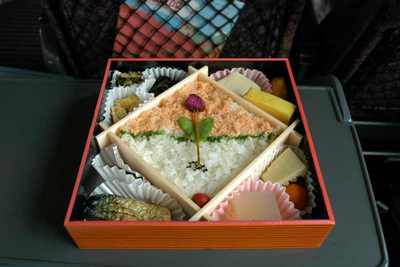 a character eats a bento in class in the Sailor Moon anime, and a real bento
a character eats a bento in class in the Sailor Moon anime, and a real bento
According to the common tradition, the "women of the house", that is the mother or the wife, in the early morning prepare and pack the bentos for lunch to be given to the children who go to school and to the husband who goes to work. However, with the emancipation of women this custom is increasingly questioned by the younger generations where very often women also work. Today, therefore, it is possible to buy bentos in many places in Japan. You don't need to have a Japanese mother or wife to be able to try a bento. Other typical occasions when you eat a bento are picnics in the park, excursions into nature, to the sea or to the mountains, and long journeys by train, ship or plane. Bento is surprisingly used even in an important moment like the table of the first day of the year: called
osechi, it generally contains expensive ingredients in an elegant box. Also in this case, once the New Year's osechi-ryori was prepared at home, but in recent decades hardly anyone does it anymore. In the New Year period, the streets are full of shops selling this very expensive variant of bento (it might cost even more than 5000 yen).
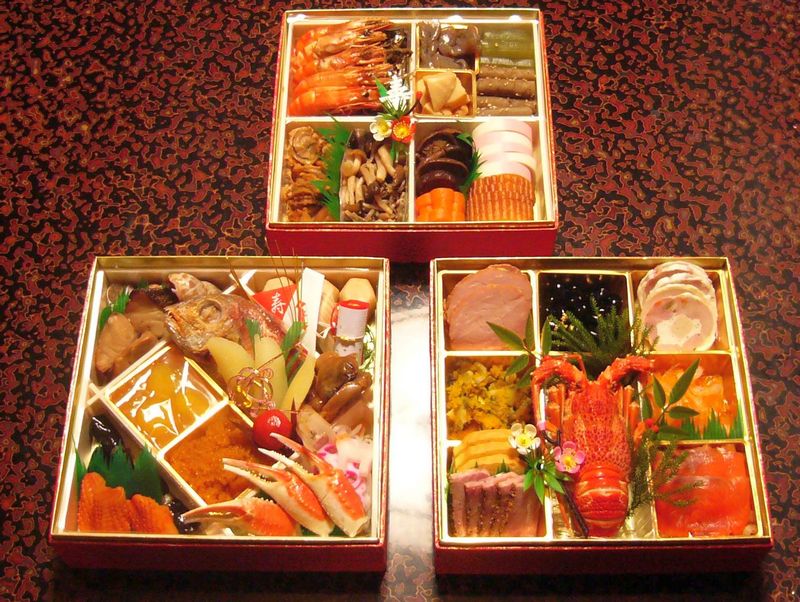 New Year's osechi
New Year's osechi
Another peculiarity of the Japanese bento is that it is generally
prepared to be aesthetically pleasing. Sometimes, bento packaging becomes an art and there are many bento competitions nationwide. A lot of moms almost feel a sort of social pressure to make a good-looking bento for their child to take to school, to avoid being seen as bad mothers. There are shops or entire sections of department stores dedicated to the sale of "accessories" for bento, to take care of its aesthetics, such as special boxes or wrapping clothes (
furoshiki), molds to create various shapes with various foods and other cute decorations (see the section below on where to buy them). For example, some people enjoy to make bentos with food decorated to look like animals or characters from popular media such as anime. This type of bento is called
kyaraben (キャラ弁), a shortened form of "character bento".
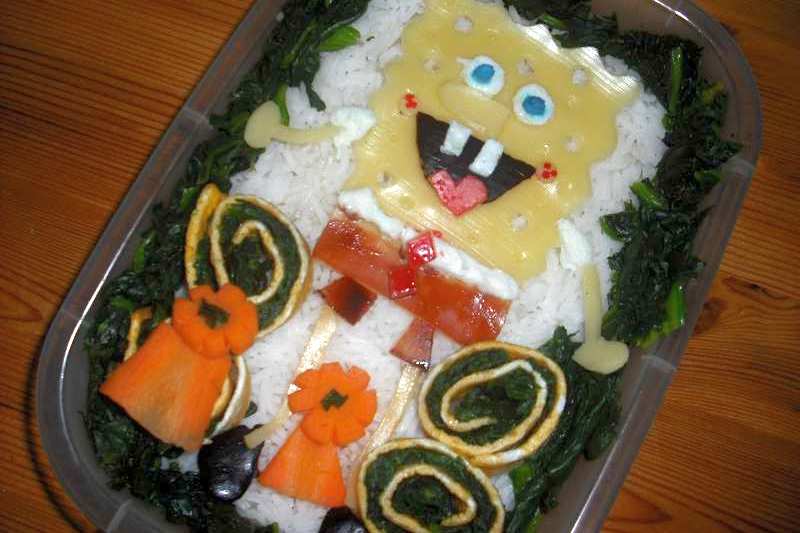 some special themed bentos
some special themed bentos
Where to buy a bento in Japan
- At supermarkets. Any supermarket will have a large section of ready-to-eat foods packed in disposable plastic bento boxes. Supermarket bentos represent perhaps the best value for money: in the face of generally very low prices, the quality is quite good and superior to that of konbini. Before closing time, as with other products, you can find the remaining bentos at discounted prices!
- At convenience store (konbini). All the konbini of any chain have at least one refrigerated counter with several ready-to-eat bentos, perhaps after being reheated in the microwave (almost all konbini have microwaves available to customers). Here you can find some of the cheapest bentos, although many people see ready-made food sold in konbini as a sort of junk food.
- At bento shops (弁当屋, bentōya) and in some restaurants. Especially in big cities, particularly near office areas, but also in some tourist locations, you can find shops specialized in the sale of ready-made meals, as well as restaurants that have a corner dedicated to the sale of their take-away dishes (often only for lunch). A popular chain of bento shops spread throughout Japan is Hotto Motto.
- At the bento trucks. In some office areas or you can find, in the morning and until the early afternoon, some characteristic small trucks dedicated to the sale of bento for local workers.
- At large train stations, especially those served by shinkansen trains. The bentos sold at train stations are called ekiben and often include local products from the cuisine of the region where the station is located. This is not true for large cities like Tokyo or Osaka, but more for smaller cities with a greater regional connotation. Nobody forbids you to buy an ekiben at the station and eat it in the hotel or on the street, but generally the Japanese eat ekiben while traveling on the high-speed shinkansen trains. Indeed, on these trains it is socially accepted to eat on board, while on local trains people usually frown upon other passengers eating food inside.
- At depertment stores. Almost all department stores in Japan offer a wide selection of bentos with sometimes sought-after ingredients, with slightly higher prices for a more demanding clientele. The bento section is usually located in the first basement floor (B1) of department stores, dedicated more generally to food.
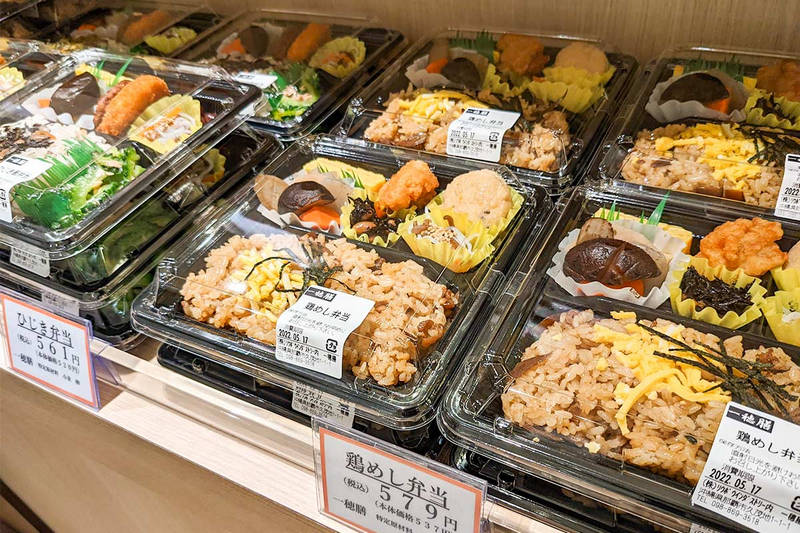 obento for sale in a supermarket
obento for sale in a supermarket
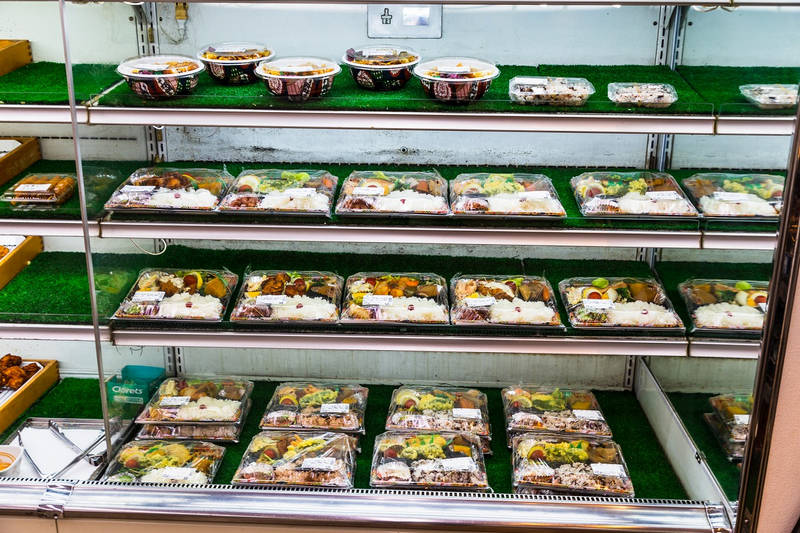 obento for sale in a konbini
obento for sale in a konbini
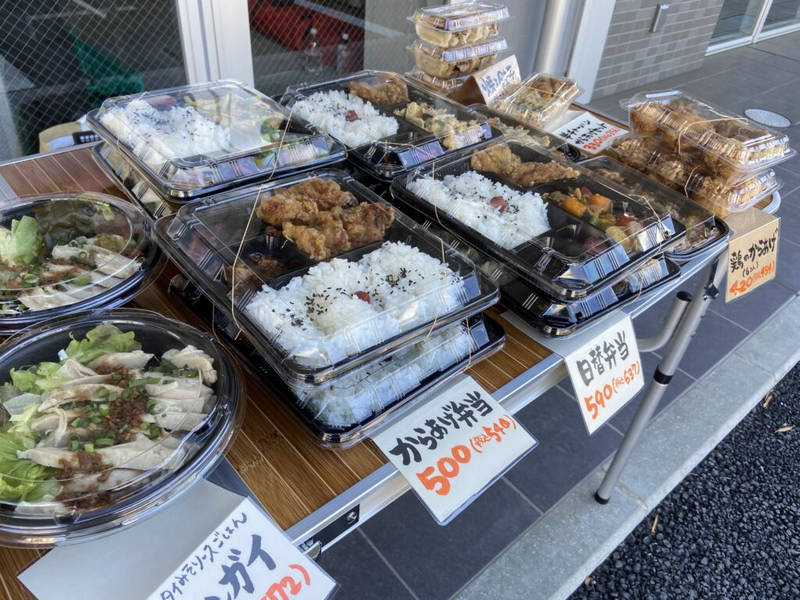 obento for sale in a shop
obento for sale in a shop
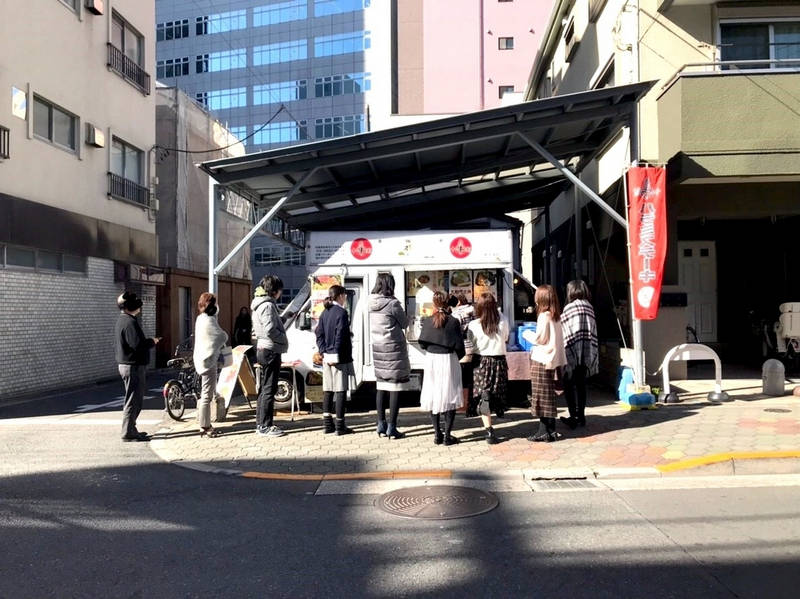 an obento truck
an obento truck
 the chain of bento shops Hotto Motto
the chain of bento shops Hotto Motto
Where to buy bento accessories in Japan
- At the 100 yen shops. In these shops you will always find a section dedicated to bento and accessories, and everything costs 100 yen or a little more (200-300 yen maximum). Japan's most famous 100 yen shop chain is Daiso.
- At supermarkets. Any medium or large supermarket has a section dedicated to bentos and accessories, again at generally low prices, but unlike the 100 yen shops there may also be higher-end products.
- In department stores and specialty stores. In the kitchenware department of a department store, you will surely find a certain selection of bento boxes and various accessories. But if you want the most on offer, you should visit a large hobby or home improvement store. Two out of all usually make foreign visitors fall in love: Tokyu Hands and Loft, both with numerous branches in all major cities of Japan.
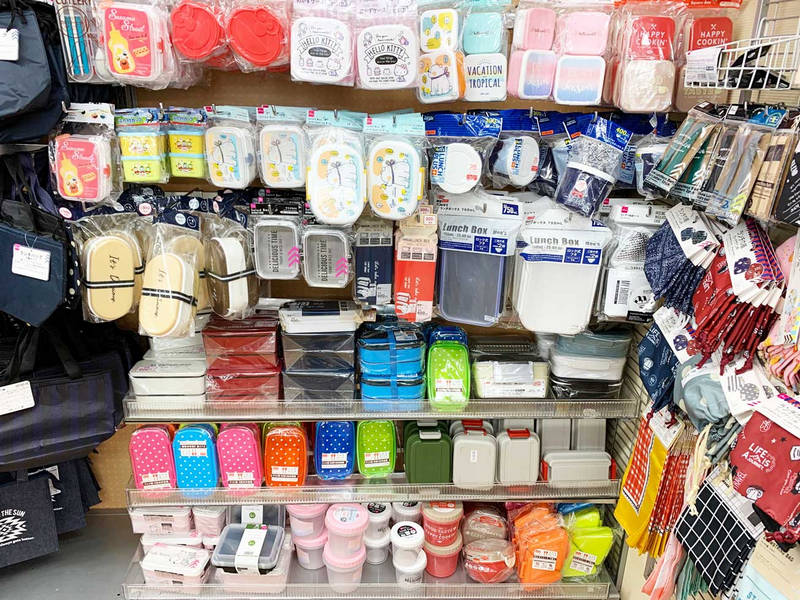 bento section inside a 100 yen Daiso shop
bento section inside a 100 yen Daiso shop
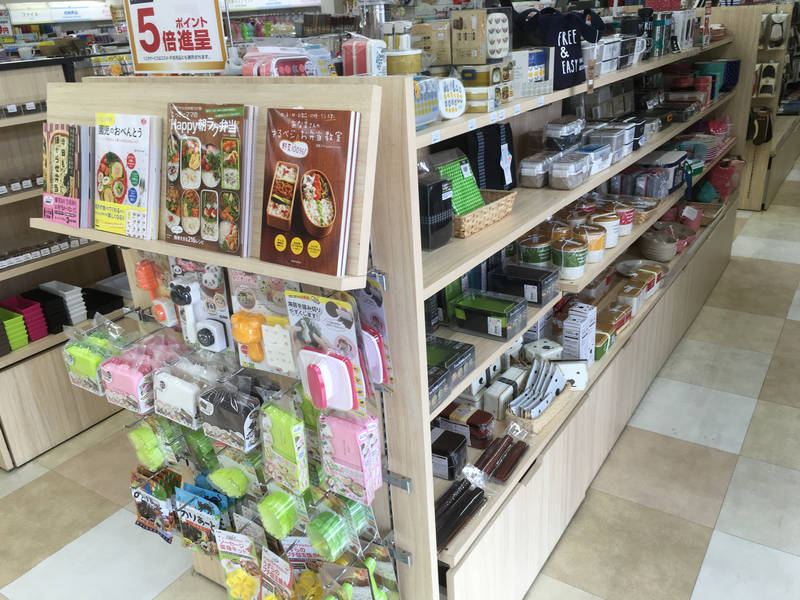 bento section inside a department store
bento section inside a department store
Guided tours, activities and other things to do
If you are planning a trip to Japan and you want to do something more than just visiting famous places and monuments, we suggest you to use
Rakuten Travel Experiences.
How to use Rakuten Travel Experiences
Rakuten Travel is a very useful website to
enrich your travel experience, especially if you are going solo or it's your first time in Japan.
Because of the language barrier (and more), in Japan it is very difficult to interact with the locals and to get off the tourist track.
Thanks to Rakuten Travel you can find a lot of interesting and sometimes unique
guided tours and activities all over Japan (and not only in Japan), that you would otherwise never be able to enjoy.
But there's more: on Rakuten Travel you can also
buy tickets for several famous attractions, events, transportation and other useful services for tourists. Last but not least, you can
reserve a table in hundreds of restaurants.
Some examples
Take a look at Rakuten Travel Experiences
You may also be interested in